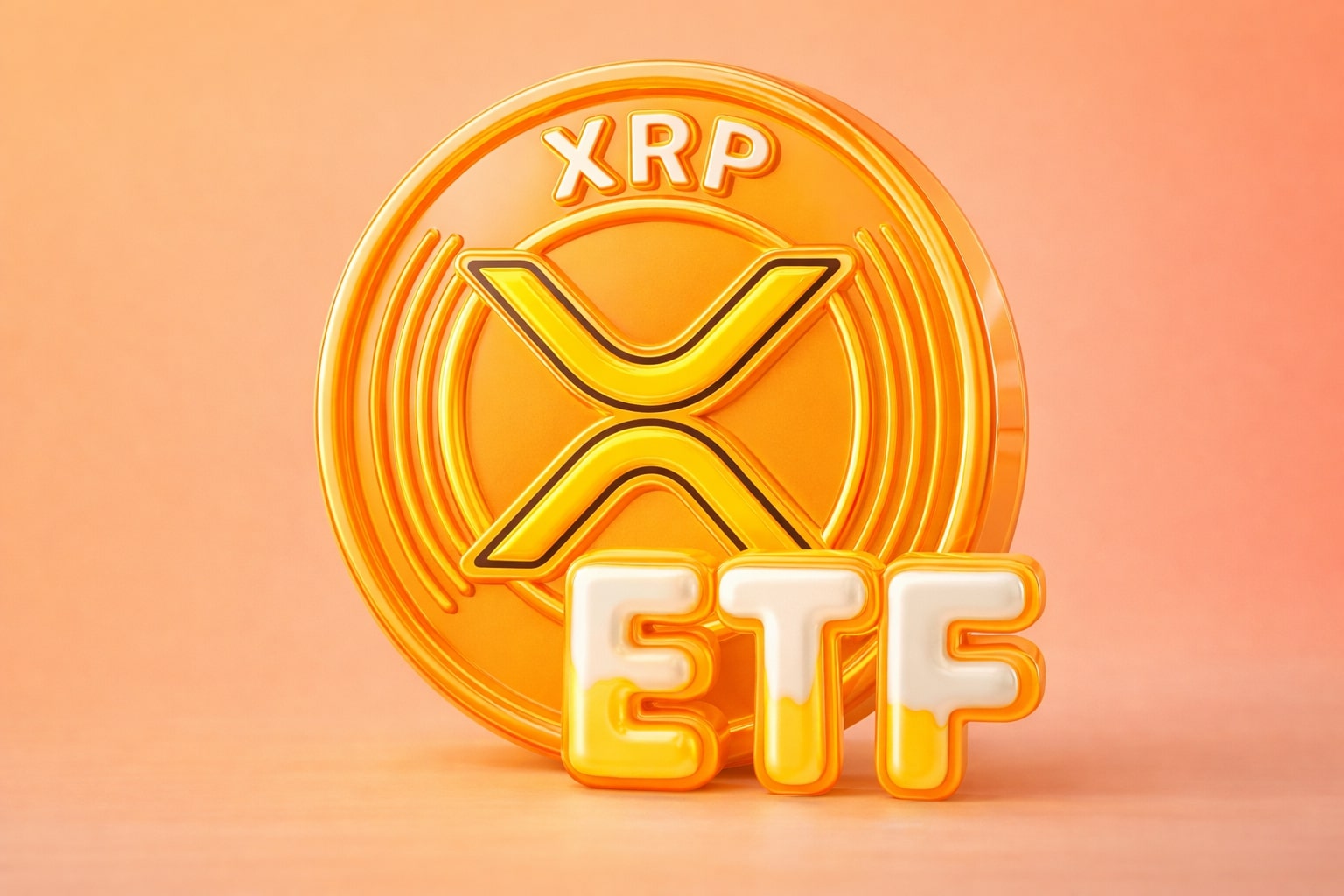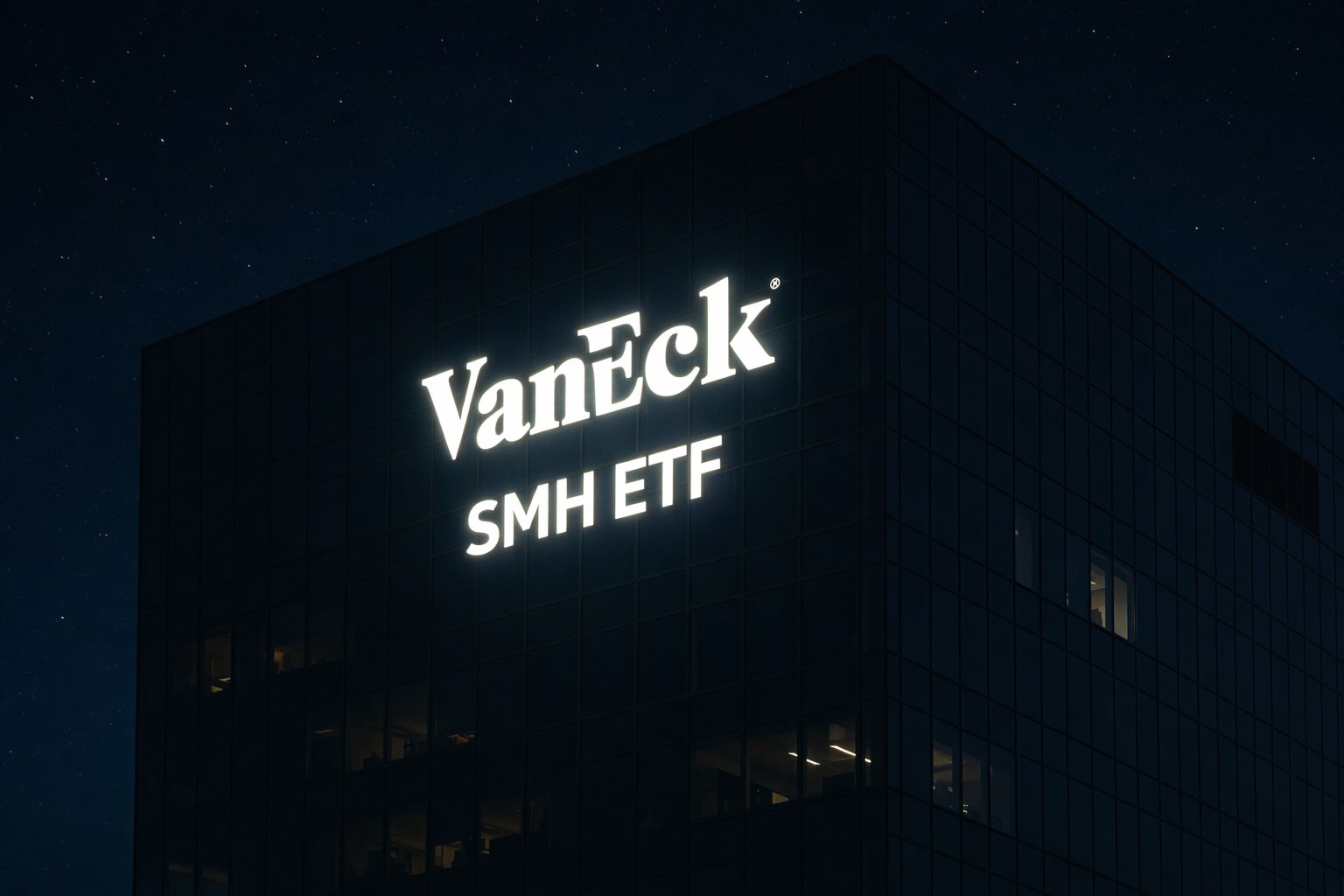
Bitcoin Price Forecast - BTC-USD Rebounds to $108,600 as Retail Accumulation and L2 Growth Fuel $150K Outlook
After a $20B shakeout and $268M institutional sell-off, Bitcoin stabilizes above $108,000 with renewed buying, Layer 2 expansion, and gold rotation signaling potential rally toward $135K–$150K | That's TradingNEWS
Bitcoin (BTC-USD) Faces Historic Volatility Amid Institutional Rotation and On-Chain Accumulation
Bitcoin (BTC-USD) is trading around $108,600, regaining ground after one of the most turbulent periods of 2025. In the span of two weeks, over $20 billion in leveraged liquidations wiped out speculative positions and forced a sharp rebalancing across exchanges. The selloff, triggered by a slide from $125,000 to a low of $104,000, shook market confidence but also reset leverage and opened the door for renewed spot accumulation. Despite the panic, on-chain data reveal that long-term conviction remains intact, with smaller wallets increasing exposure and derivatives leverage collapsing to healthier levels.
Aggressive Accumulation by Smaller Holders as Liquidity Shifts
On-chain metrics from Glassnode indicate a decisive accumulation phase. Wallets holding between 1 and 1,000 BTC—the backbone of retail and small-fund activity—expanded their balances, while large holders slowed net distribution. This behavioral shift often marks the exhaustion of selling pressure. Binance data show net taker volume surging to $309 million, the first positive print in ten days. The move suggests that buyers are no longer waiting for better prices but instead hitting the market ask, signaling genuine demand in the spot market. The lack of any material increase in open interest confirms that these purchases were not leveraged bets but rather real allocations by investors repositioning for a rebound.
Critical Price Zones and Liquidation Clusters Define Short-Term Targets
Bitcoin’s liquidity map reveals concentrated short positions between $113,700 and $113,800, totaling roughly $400 million in potential liquidations on Binance alone. Historically, BTC gravitates toward these zones, triggering forced buy orders and amplifying momentum. This makes $113,000 the immediate target for the next leg higher. Should BTC clear this range, technical algorithms point to the next major resistance around $135,000, aligning with a rising trendline from mid-year lows. RSI indicators remain near oversold territory, suggesting that the market is recovering from capitulation rather than entering a new downtrend.
Institutional Selling Sparks Volatility but Fails to Break Long-Term Structure
Institutional behavior has added complexity to the current price cycle. On October 18, funds linked to BlackRock reportedly sold over $268 million worth of Bitcoin, triggering a rapid intraday drop below $105,000. Exchange transfer data confirm that large custodial wallets moved coins to trading platforms at the highest rate since July. However, the lack of follow-through selling implies that these were partial reallocations rather than an exit. In previous cycles, institutional dumping of this scale would have driven a prolonged bear phase. Instead, the market absorbed the flow within hours, underlining improved liquidity depth and maturing market resilience.
European Regulation and Institutional Positioning Under MiCA Framework
The upcoming MiCA regulatory framework in Europe is transforming how institutions interact with digital assets. Fintech firms and asset managers are preparing to tokenize debt and equity instruments while maintaining exposure to Bitcoin as a reserve asset. The regulation’s clarity is expected to accelerate integration of crypto payment rails, payroll systems, and decentralized treasury operations. This environment could strengthen Bitcoin’s institutional base as firms seek inflation hedges under transparent compliance rules. Unlike previous cycles, where institutional demand was purely speculative, the current rotation suggests long-term integration into financial infrastructure.
Gold’s $30 Trillion Peak and the Prospect of Capital Rotation into Bitcoin
Macro investors are increasingly comparing Bitcoin’s risk–reward profile with that of gold. As gold’s total market value exceeds $30 trillion, analysts argue that a correction in the metal could redirect capital flows toward BTC. The historical correlation between both assets has flipped negative; when gold softens, Bitcoin tends to rise. Market strategist Crypto Jebb projects a potential reallocation wave capable of pushing BTC toward $150,000 by January. The argument rests on liquidity: once gold’s rally peaks, global risk capital seeks new momentum assets, and Bitcoin, with a fixed supply and renewed accumulation, stands as the prime candidate.
El Salvador Expands National Bitcoin Adoption with Sovereign Bank Initiative
El Salvador has advanced its long-term crypto strategy by announcing a national Bitcoin Bank, a first in global finance. The institution will facilitate BTC-denominated loans, savings, and payments, giving citizens and foreign investors access to digital banking backed by government infrastructure. This initiative enhances Bitcoin’s legitimacy as a financial instrument rather than a speculative asset. It also reinforces adoption in Latin America, a region poised to benefit from alternative payment networks amid rising remittance flows and limited access to dollar liquidity.
Layer 2 Innovation Accelerates: Bitcoin Hyper Raises $24 Million in Presale
The technological frontier for Bitcoin is expanding rapidly through new Layer 2 developments. Bitcoin Hyper, a next-generation network using zero-knowledge rollups on a Solana Virtual Machine (SVM) execution layer, has raised over $24 million in its presale, underscoring investor enthusiasm for scalable Bitcoin ecosystems. The system introduces trustless bridging between Bitcoin Layer 1 and its Layer 2 chain, enabling smart-contract functionality and thousands of transactions per second while retaining Bitcoin’s base-layer security. With a presale price of $0.013135, demand for HYPER tokens is rising ahead of tiered price increases. The project represents a pivotal step toward merging Bitcoin’s immutability with Ethereum-style programmability—an innovation that could reshape network utility in the next cycle.
Regulatory Momentum for Ethereum’s ERC-3643 Highlights Bitcoin’s Competitive Response
While Bitcoin consolidates technologically, Ethereum continues advancing in regulatory dialogue. SEC Chair Paul Atkins’s recent acknowledgment of the ERC-3643 standard—a compliance-embedded token framework—signals that regulators are open to programmable asset governance. Ethereum’s progress underscores a challenge for Bitcoin: its lack of native programmability. Yet, Layer 2 solutions such as Bitcoin Hyper aim to bridge this gap by enabling compliant smart-contract interactions while maintaining BTC’s trustless foundation. The broader takeaway is clear: Bitcoin’s ecosystem is evolving to meet institutional and regulatory expectations without sacrificing decentralization.
Read More
-
SMH ETF: NASDAQ:SMH Hovering at $350 With AI, NVDA and CHIPS Act Fueling the Next Move
16.12.2025 · TradingNEWS ArchiveStocks
-
XRP ETFs XRPI and XRPR: Can $1B Inflows Lift XRP-USD From $1.93 Back Toward $3.66?
16.12.2025 · TradingNEWS ArchiveCrypto
-
Natural Gas Price Forecast: NG=F Falls to $3.80–$3.94 as Warm Winter Kills $5.50 Spike
16.12.2025 · TradingNEWS ArchiveCommodities
-
USD/JPY Price Forecast - USDJPY=X Slides, BoJ 0.50% Hike, Fed Cut and NFP Set the Next Big Move
16.12.2025 · TradingNEWS ArchiveForex
Altcoin Rotation and Search for Diversified Yield
As Bitcoin consolidates, capital rotation into high-beta assets has intensified. Avalanche (AVAX) trades near $20.74, benefiting modestly from renewed DeFi activity, though its fragmented subnet structure limits scalability. In contrast, Remittix (RTX) has emerged as a speculative hedge, offering cross-border payment rails in over 30 countries. RTX’s ongoing presale—featuring a $250,000 giveaway and a 15% USDT referral bonus—has drawn over 40,000 participants. While these smaller projects rarely threaten Bitcoin’s dominance, their momentum reflects shifting investor psychology: the appetite for alternative yield during Bitcoin’s consolidation phases.
Market Structure, Technical Landscape, and Risk Parameters
Technically, BTC remains confined between $104,000 support and $113,800 resistance, a structure defined by prior liquidation zones. Breaking below $102,000 would open downside risk toward $90,000, where multiple institutional bids and option strikes cluster. Conversely, clearing $113,000 could trigger algorithmic buying toward $135,000. Current volatility metrics show one-month implied volatility easing from 67% to 54%, suggesting calmer trading conditions. Funding rates have turned positive again at +0.003%, confirming that the short squeeze narrative is receding and confidence is slowly rebuilding.
Institutional Dominance and Long-Term Supply Dynamics
Institutional flows remain decisive in setting Bitcoin’s medium-term tone. Even as large funds de-risk, long-term holders have tightened supply. Roughly 70% of Bitcoin’s circulating supply is now classified as “illiquid,” the highest proportion since 2017. Realized capitalization stands near $447 billion, showing that despite volatility, value locked by patient investors continues to grow. Each subsequent drawdown is met with faster absorption, proving that the market has matured into a globally liquid asset class capable of withstanding heavy distribution from funds like BlackRock without structural damage.
Macro Environment, Fed Policy, and the 2025 Outlook
The macro backdrop remains supportive for digital assets. With inflation cooling and markets pricing in the first Federal Reserve rate cut by late Q4, liquidity conditions are expected to ease. Bitcoin’s sensitivity to real yields has diminished, while its correlation to equity risk appetite has stabilized near historical averages. If the Fed follows through on a policy pivot, Bitcoin’s scarcity narrative could regain strength, attracting inflows from both traditional and decentralized portfolios.
Verdict: BUY — Reaccumulation Phase Targeting $135,000–$150,000
Bitcoin’s structural indicators—rising spot demand, diminishing float, institutional absorption, and network innovation—suggest that the market is in a reaccumulation phase. Short-term volatility remains, but the evidence points to a bullish medium-term trajectory. As long as BTC-USD holds above $102,000, the path of least resistance leads higher toward $113,000 and eventually $135,000–$150,000. The downside floor sits around $90,000, supported by institutional bids and liquidity clusters. Momentum, macro conditions, and evolving infrastructure justify maintaining a BUY rating with a medium-term bullish bias.

















